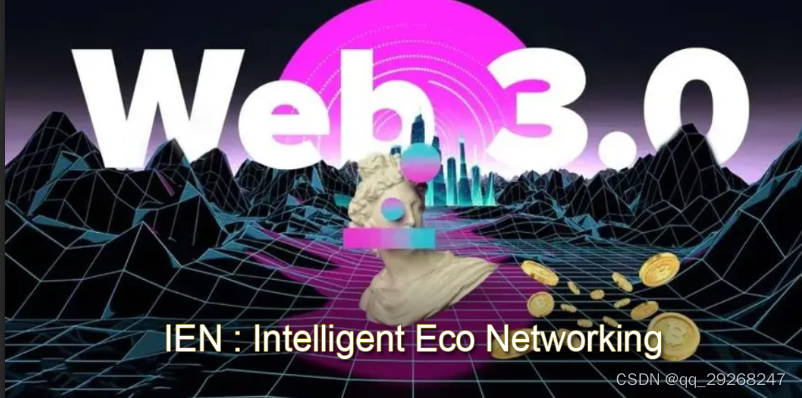According to the analysis of research firm Gartner, Web 3.0 will really usher in an explosion in 2024. However, there is still no well-known Web3.0 application in China, but there are many debates about Web3.0. For example, whether there is a need for "coin", whether "decentralization" is the goal, whether the blockchain is available or not, and so on.
1. What are the key technologies of Web3.0
The three basic elements of artificial intelligence and smart contract technology, edge computing (or distributed computing), and distributed data network drive Web3.0. They are all related. For example, AI is the cornerstone of web3.0. The Semantic Internet and the Spatial Internet, which are often referred to in Europe and the United States, are based on the advancement of artificial intelligence to a certain extent. Now in all Web3.0 application scenarios, the data will be processed by algorithms, and the stronger the artificial intelligence, the better the experience will be.
The key to the usability of blockchain technology in web3.0 lies in tokens, and blockchain technology without tokens can be replaced by other technologies. Token was first used in the field of network communication technology. In order to avoid network congestion and dispatch control, the original meaning of token refers to "token, signaling", similar to traffic lights, only the same pass certificate as the active token, the corresponding data The packets are transmitted according to the instructions. Extended reading ( Future network infrastructure is also the foundation of mature blockchain technology, the foundation of Pandora's world )

2. The long-term key to Web 3.0 lies in the new network infrastructure
The core of Web3.0 should be "user autonomy", not necessarily "decentralization". The so-called "decentralization" means that the data is authorized and managed by the user himself, that is, the user is autonomous. Then "how to promote greater progress in Internet productivity and a more reasonable distribution of digital value" will be a trend.
Future network infrastructure is of great significance to the innovative research and development of future new network architecture, system solutions, key technologies and core equipment. The new network infrastructure will lay a solid foundation for the development of the digital economy, promote the modernization of governance, and improve the scientific and technological governance system for a social governance pattern of co-construction, co-governance, and sharing. The development of blockchain technology ecology must also progress and integrate with network communication, cloud computing, big data, and artificial intelligence.
The "Intelligent Ecological Network IEN" independently proposed by ICNLAB at the IEEE 1st HotICN 2018 International Conference - a new network architecture for distributed trust and value maintenance centered on knowledge data and knowledge intelligence , Blockchain and distributed artificial intelligence network control and other technologies cross-integrated, and proposed a sustainable evolution and backward compatible 5G edge computing power service architecture solution, which has won two best papers. The laboratory team has been continuously focusing on the expansion and in-depth development of the IEN architecture, and has open sourced the code , and iterated three important versions successively. Intelligent Eco Networking (IEN for short) integrates the advantages of blockchain, AI and 5G network technology. IEN will provide a basic protocol for the governance of value data content rights and interests, give birth to a cross-regional, carbon-neutral distributed "East Data and West Computation" market form, and promote the development of cloud, chain, computing, data, and network integration into the next generation of Internet.
3. TrustVerse and Web 3.0
First of all, traditional Internet platforms are prone to monopoly organizational forms and business models, while the core point of Web3.0 is that users and builders jointly own the network. In the metaverse, it is possible to form an autonomous organizational form for users and builders. The organizational rules are executed by program codes under the premise of compliance with supervision. This requires the use of blockchain technology to achieve the largest consensus and cooperate with supervision to form the metaverse. ecological order. Secondly, the traditional centralized identity verification mode is very prone to security threats and privacy abuse problems, and the virtual digital person in the metaverse must not only be able to bind with the real identity, but also need to switch between different metaverses, which requires the use of block Chain technology establishes a new distributed identity authentication system to protect privacy and data security in cross-ecological networks.
Metaverse and Web 3.0 ultimately need to build an underlying common Internet infrastructure that supports TrustVerse and Digital Twins. Big data does not necessarily have great value. The key to data elements is the value content. It is necessary to solve the complex network architecture design problems faced by content ownership, privacy rights, and revenue sharing rights in the large-scale space of network domain time and space. For details, you can watch the video report: "Intelligent Ecological Network (IEN) 2021 The Opening of NFT Based on Value Data Trusted Digital Base .